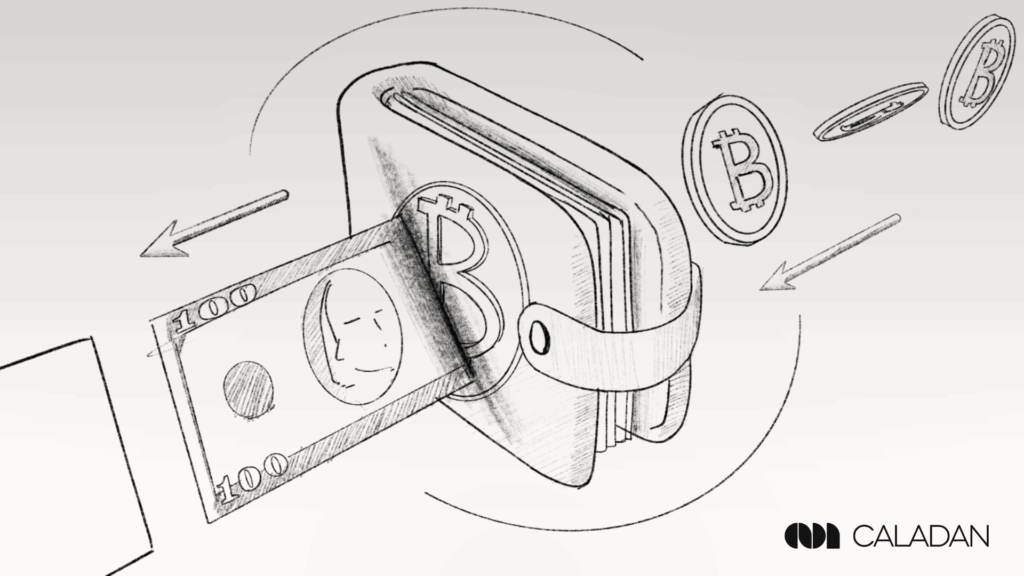 The Test Begins in Fourteen Days
The Test Begins in Fourteen Days
14 days until October 22, 2025. In Bitcoin circles, this date carries mythical weight. At 550 days post-halving, previous cycles marked critical turns, often signaling tops. Everyone wants to know: will history repeat?
But the fixation on whether Bitcoin tops October 22 obscures something bigger. Bitcoin trades at $120,681, just 2.2% below its all-time high, up 99% over twelve months. That 86% gain since April 2024's halving looks disappointing until you realize what it actually represents: the maturation an asset needs to scale from $2.4 trillion to gold's $27 trillion.
Five years of data spanning 2,102 days suggests the 550-day pattern will break. More importantly, if it breaks, Bitcoin is maturing the way it must to eventually compete with gold.
In 20 days, we test...
Deeper Insights Ahead
 The Test Begins in Fourteen Days
The Test Begins in Fourteen Days
 14 days until October 22, 2025. In Bitcoin circles, this date carries mythical weight. At 550 days post-halving, previous cycles marked critical turns, often signaling tops. Everyone wants to know: will history repeat?
But the fixation on whether Bitcoin tops October 22 obscures something bigger. Bitcoin trades at $120,681, just 2.2% below its all-time high, up 99% over twelve months. That 86% gain since April 2024’s halving looks disappointing until you realize what it actually represents: the maturation an asset needs to scale from $2.4 trillion to gold’s $27 trillion.
Five years of data spanning 2,102 days suggests the 550-day pattern will break. More importantly, if it breaks, Bitcoin is maturing the way it must to eventually compete with gold.
In 20 days, we test whether:
14 days until October 22, 2025. In Bitcoin circles, this date carries mythical weight. At 550 days post-halving, previous cycles marked critical turns, often signaling tops. Everyone wants to know: will history repeat?
But the fixation on whether Bitcoin tops October 22 obscures something bigger. Bitcoin trades at $120,681, just 2.2% below its all-time high, up 99% over twelve months. That 86% gain since April 2024’s halving looks disappointing until you realize what it actually represents: the maturation an asset needs to scale from $2.4 trillion to gold’s $27 trillion.
Five years of data spanning 2,102 days suggests the 550-day pattern will break. More importantly, if it breaks, Bitcoin is maturing the way it must to eventually compete with gold.
In 20 days, we test whether:
- The 86% gain signals strength through maturation, not weakness
- 46% volatility has fundamentally changed institutional adoption
- Extended cycles are the new normal for a $2.4 trillion asset
- Bitcoin’s path to gold parity remains intact
Why 86% Feels Like Failure But Proves the Gold Thesis
Why does 86% feel disappointing? Because traders anchor to percentages. But reaching gold’s $27 trillion requires Bitcoin to shift from explosive growth to something steadier. At 530 days post-halving, Bitcoin gained 86% from $64,994 to $120,681. The 2020 cycle delivered 614% at this same point, rising from $8,602 to $61,394. Look at absolute dollars instead. The 2024 cycle added $56,000 per Bitcoin. The 2020 cycle added $53,000. The gains are nearly identical. Percentage compression just reflects math: when you start from $65,000 instead of $8,600, the same dollar gains produce smaller percentage returns. Each halving adds roughly $50-60K. That’s the stairstep pattern. Gold’s $27 trillion means Bitcoin needs $13.5 trillion for half, requiring 5.6x from today’s $2.4 trillion.| Metric | Current Value | Target for 50% Gold Parity |
| BTC Price | $120,681 | ~$680,000 |
| Market Cap | ~$2.4T | ~$13.5T |
| Multiple Required | — | 5.6× from current |
| Historical CAGR (5yr) | 63.3% | Likely to moderate to 30-35% |
| Absolute Gain per Cycle | $56K (2024), $53K (2020) | Pattern suggests $50-60K increments |
| Realistic Timeline | — | 5-10 years |
The 46% Threshold: How Volatility Compression Unlocks $27 Trillion
In 2020, Bitcoin’s 70%+ volatility kept institutions out. At 46% today, that wall crumbles. Annualized volatility dropped to 46.2% from over 70%. Maximum drawdown hit just 28.1% versus ~55% previously. Large investors run risk mandates that ban assets above 50-60% volatility. As Bitcoin drops toward 40%, it crosses thresholds that unlock massive capital pools. The dynamic reinforces itself: institutional money reduces volatility, which lets more institutions in.| Performance Metric | 2024 Cycle (530 days) | 2020 Cycle (530 days) | Analysis |
| Starting Price (Halving) | $64,994 | $8,602 | 7.5× higher base |
| Current/Equivalent Price | $120,681 | $61,394 | Similar absolute gains |
| Return (%) | +86% | +614% | Expected diminishing returns |
| Absolute Gain | +$55,687 | +$52,792 | Consistent $ appreciation |
| Annualized Volatility | 46.2% | >70% | Significant compression |
| Maximum Drawdown | -28.1% | ~-55% | Shallower corrections |
| Distance from ATH | -2.2% | N/A | Strong base formation |
| 12-Month Return | +99% | N/A | Exceptional by any standard |
October 22: Testing Whether Maturation Has Changed the Game
The 2020 cycle hit $64,156 at 550 days, up 646%. But that wasn’t the top. The real peak came at 1,402 days in March 2024: $73,084, up 750%. The cycle ran nearly three times longer.| Timing Metric | Historical (2020 Cycle) | Current (2024 Cycle) |
| Days Since Halving | 550 days | 530 days (Oct 2) |
| Days to 550-Day Mark | — | 20 days (Oct 22, 2025) |
| Price @ 550 Days | $64,156 (+646%) | TBD |
| Actual Cycle Peak | 1,402 days / $73,084 (+750%) | Ongoing |
| Peak Timing | March 2024 (38 months post-halving) | Projected: Late 2025 – Mid 2026 |
| Factor | Impact on Cycle Duration | Impact on Gold Competition |
| Spot ETF Flows | Persistent institutional bid → Extends cycle | Creates infrastructure to absorb gold’s scale |
| Volatility Compression | 46% vs 70%+ → More sustained trends | Crosses institutional risk thresholds |
| Long-term Holder Supply | >70% locked up → Supply squeeze | Mirrors gold’s concentrated ownership |
| Distance from ATH | -2.2% (strong base) → Room to run | Demonstrates stability required for reserves |
| Institutional Adoption | Corporate/sovereign demand → Longer accumulation | Early stages of institutional transition from gold |
From $2.4 Trillion to $27 Trillion: The Mathematical Path
Bitcoin’s five-year CAGR of 63.3% turned $7,200 in January 2020 into $120,681 today, a 1,576% return. While growth slows as market cap expands, even substantial deceleration points toward gold parity within 10-15 years. Early cycles delivered 10,000%+ returns on tiny bases. As market cap hit trillions, returns compressed. Yet absolute gains per cycle held steady at $50-60K per four-year period.| Metric | Value | Implication |
| 5-Year CAGR | 63.3% | Historical growth baseline |
| 12-Month Return | +99% | Sustained strong performance |
| Volatility Trend | 46% (2025) vs 70%+ (2020) | Declining, enabling institutional adoption |
| Cycle Pattern | +$50-60K per halving | Predictable absolute gains |
| Scenario | CAGR Assumed | Timeline | BTC Price | BTC Market Cap | Relative to Gold (≈$27T) |
| Conservative | 30% | 10 years (2035) | ≈$1.6M | ≈$32T | 1.2× gold (surpasses) |
| Moderate | 25% | 15 years (2040) | ≈$3.3M | ≈$66T | 2.4× gold (dominates) |
| Bear Case | <10% | 15+ years | <$200K | <$4T | <0.15× gold (fails thesis) |
| Most Likely | 30-35% early, 20-25% later | 10-20 years | $300K (2035)<br>$1M+ (2045) | $6-20T range | 0.5-1× parity by 2040-2045 |
| Factor | Bullish Impact | Bearish Impact |
| Central Bank Adoption | First CB bitcoin reserve triggers cascade | CBs never adopt Bitcoin |
| Regulatory Clarity | Clear, favorable rules in G20 nations | Coordinated global crackdown |
| Generational Wealth Transfer | $84T shift to crypto-native generations | Boomers divest before transfer |
| Quantum Computing | Post-quantum cryptography implemented | Bitcoin cryptography broken |
| Macro Environment | Continued fiat debasement | De-dollarization without BTC adoption |
| Volatility Compression | Reaches 30-40%, unlocks institutions | Remains >60%, limits adoption |
| Year | Estimated BTC Price | Market Cap | % of Gold | Key Catalyst |
| 2025 | $120-150K | $2.4-3T | 15-20% | Current cycle peak |
| 2028 | $180-250K | $3.6-5T | 24-33% | Next halving cycle |
| 2032 | $280-400K | $5.6-8T | 37-53% | First major CB adoption |
| 2035 | $350-500K | $7-10T | 47-67% | Multiple CB reserves |
| 2040 | $600K-1M | $12-20T | 80-133% | Approaching parity |
| 2045 | $800K-1.5M | $16-30T | 107-200% | Parity or dominance |
 The Test Begins in Fourteen Days
The Test Begins in Fourteen Days